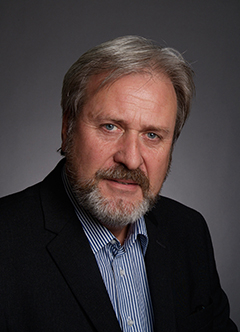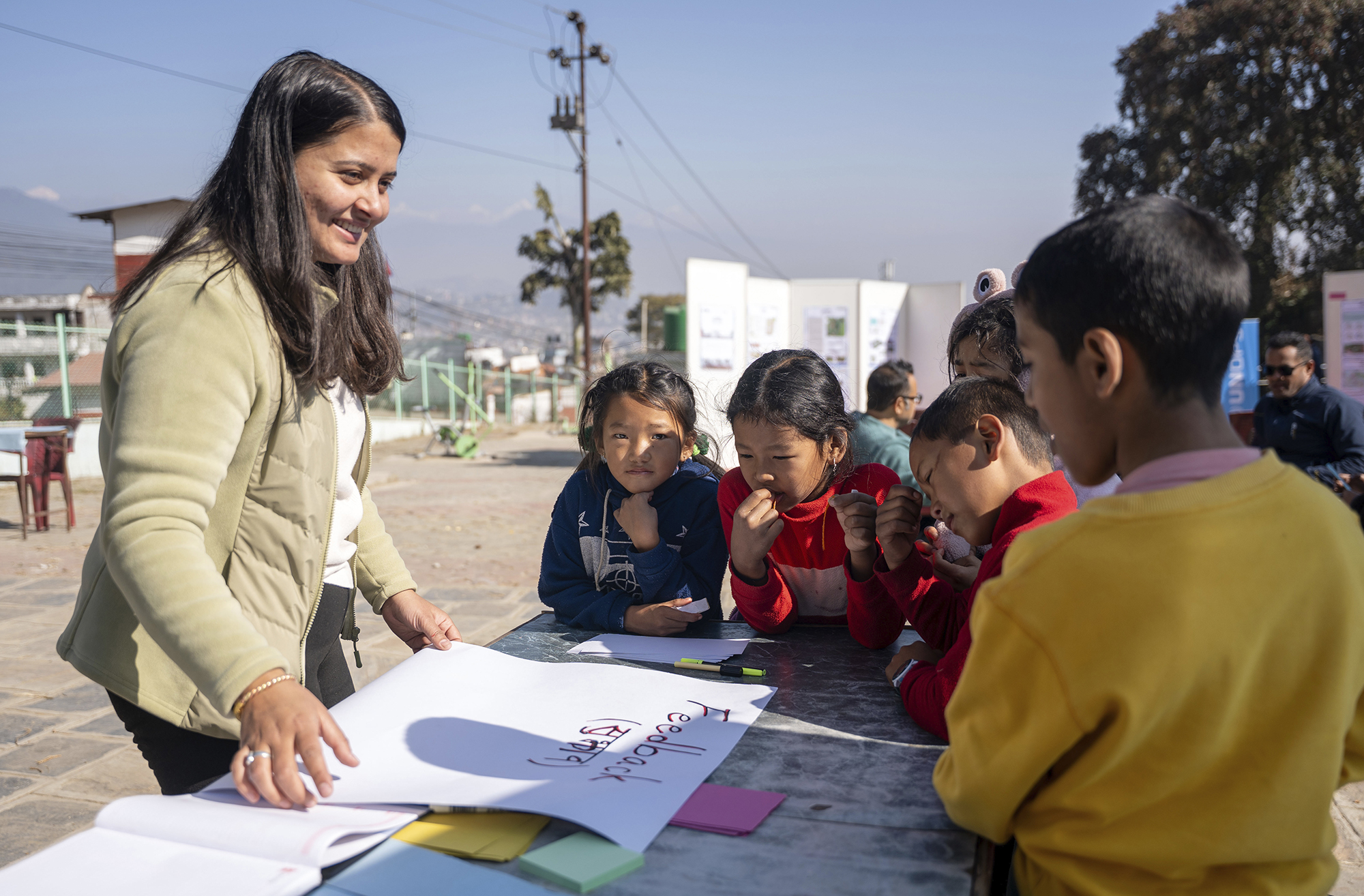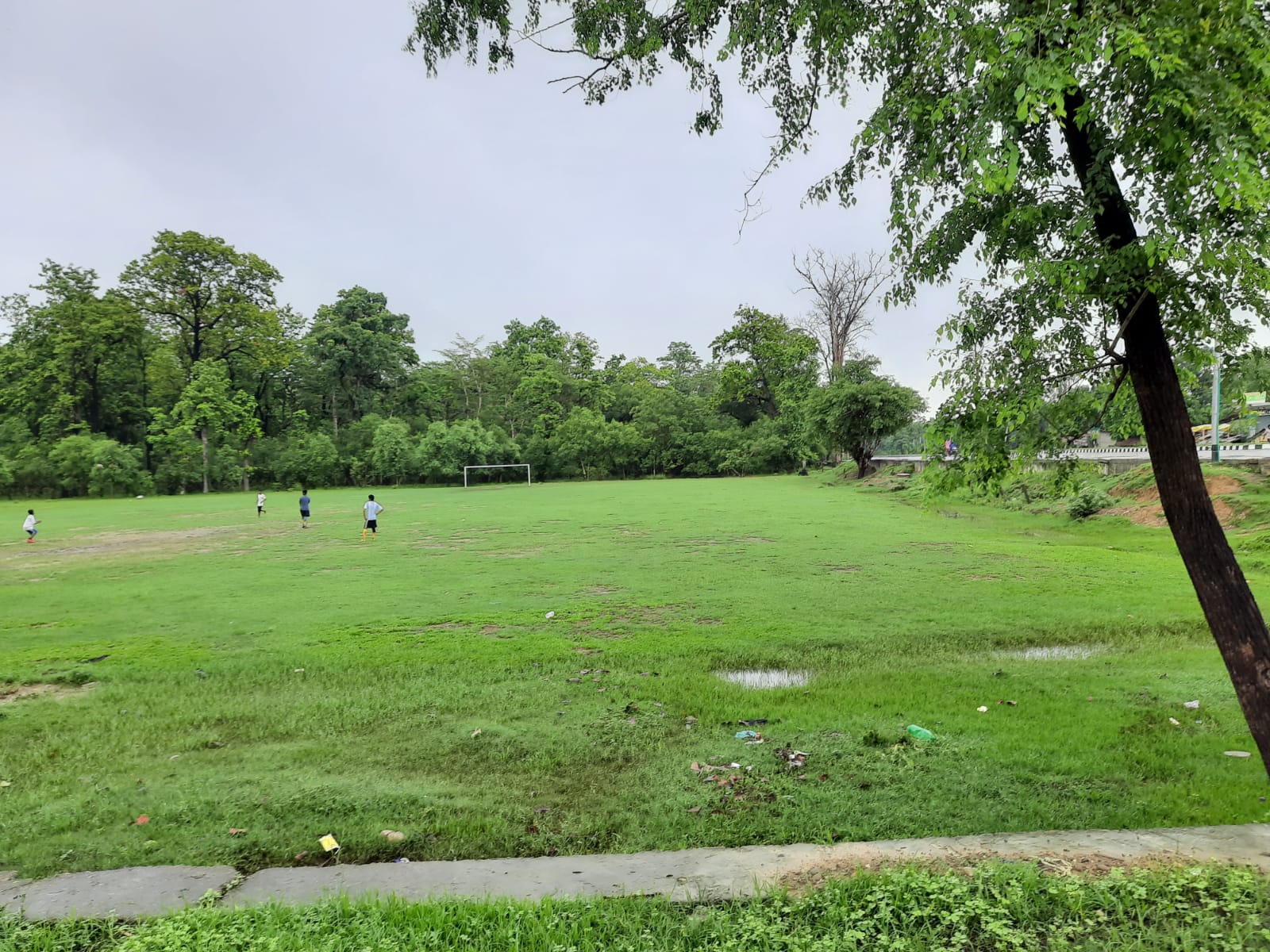By Erik Berg
[10 July 2017] -- We live in a global situation where power is moving eastwards towards India and China. However, power is also moving from the upper echelons of societies and downwards, away from states and down towards a multitude of local governments, political groups, networks and social movements existing outside and below international diplomacy and state politics. There is a new “stateless policy” emerging. The state’s control and ability to govern is being challenged. The question evolving is: How to govern when the state is not the sovereign political player it used to be? Who is filling the vacuum? What will implications be for intergovernmental systems such as the United Nations?
At the same time as the nation state is moving towards disarray, population growth and economic expansion are giving more power to cities, according to the 1995 World Summit for Social Development in Copenhagen. This century’s population growth will in particular take place in cities in the Global South. In an article in Environment & Urbanization (April 2017), Daniel Hoornweg and Kevin Pope present population scenarios for three African and two Asian cities in for 2100. The most extreme, based on a world population of 13.5 billion, projects Lagos at 100.2 million, Dar es Salaam at 77.5, Kinshasa at 69.2, Mumbai at 52.6 and Karachi at 52.9. When the majority of inhabitants are extremely poor, development and security planners all over the world have good reason to wake up – or not go to sleep.
Cities: The new control centre
Cities and their networked systems, not countries nor corporations, are the new command and control centres of the world. They are claiming more political legitimacy, responsibility and resources both nationally and internationally. Why? Today, 99 per cent of all global telephone conversations, web traffic and investments take place locally. 70% of all conflicts develop in cities, as do 60 per cent of all energy use and 70 per cent of all Co2 emissions. Two thirds of the global GNP is created in cities. Accordingly, emerging global cities are threatening the hegemony of the state, even in China and India where devolution is in its infancy. In the US, major cities are the first line of defence against protectionism and xenophobia. And in the UK, Labour’s Ed Miliband wants to make the House of Lords into a House of Mayors.
Because of these economic and demographic developments, the nature of what we call the city itself is changing. The result is something far bigger than the new “mega” or “meta” cities. We are in the process of organising Mother Earth itself into a city: A single, complex, connected, but still very unstable urban system. A system comprising big as well as small cities, expanding as well as shrinking. Where cities take on rural characteristics, and vice versa. Landscape hybrids and urban corridors are gradually spanning important parts of the globe, challenging old governance systems. If you don’t move to the city, the city will move to you. A new global urban organisational architecture will need to reflect these shifts to be relevant, with the UN as an important axis.
New urban actors
Because of globalisation, neoliberalism, multiparty systems and greater freedom to organise, a vast number of local organisations, movements and groups are emerging in slum areas, on street and neighbourhood levels. What has been going on in North Africa, Egypt, Turkey and Brazil over the past years shows that new urban actors are becoming strong enough to have an impact on national and international development. Social media has become both tool and social glue for change. Power will be owned by more players and the number of gravity arenas will increase, mainly in the cities, where the new global middle class is living. Based on subsidiarity, new partnerships between local governments, civil society organisations and business enterprises will develop, also guided by the recommendations of the New Urban Agenda (NUA).
The battlefield of urban slums
At the same time, Pentagon war planners assert that “feral, failed cities of the Third World” – especially their slum outskirts – will be the distinctive battlespace of the 21st century. The Pentagon’s best minds have, according to Mike Davies’ Planet of Slums, “…dared to venture where most United Nations, World Bank or Development Ministries fear to go: Down the road that follows from the abdication of urban reform.” If a clash of civilisation takes place, it will be here, and it is fatal not to recognise it.
Diplomacity and para-diplomacy
Pharaq Khanna his 2016 book Connectography: Mapping the future of the Global Civilisations underscores that big cities in the world are binding themselves more closely together in a new diplomacy through what he terms “diplomacity.” Others call it “para-diplomacy.” He underscores that cities, not states, are becoming drivers in a new world system. Connectivity – internally and externally – is decisive for economic growth. Could we envisage super-national leagues of cities like the Hanseatic League of the Middle Ages? With encroaching neo-liberal global economic systems where competition between and fragmentation within cities increases, wouldn’t competing leagues be more probable?
Mayors organise
In a situation where power not only is moving from West to East, but also downwards from state to sub-national levels and to civil society, leading city mayors of the world have established the United Global Assembly/Parliament of Mayors (2016). This Assembly aims to utilise “the collective, political power of mayors” to find “practical, local solutions to the challenges of climate and of migrants-refugees and their right to the city. Similarly, the Compact of Mayors fighting climate gas emissions and energy use was created in 2014. The 128 US cities that signed the Compact are now, after President Donald Trump’s withdrawal from the Paris climate accord, stating that they will uphold the US government’s commitments on their own.
Through their connectivity, world cities are now strengthening themselves at the cost of medium-sized and smaller cities, where most of the world’s population lives. American urban studies theorist Richard Florida sees the increasing gap between what he terms “superstar cities” and those that are not following track as one of our greatest future challenges.
Megatrends and UN reform
Given these megatrends, the global urban organisational architecture is transforming. New informal groups such as G20, regional organisations, local government, civil society, foundations and business stakeholders are gradually “eating” their way into the mandates and arenas of the UN. A growing gap has long been evolving between crucial global challenges and the willingness of UN member states to seek solutions and fund them. The UN system’s capacity and ability to handle new challenges has been reduced. It is member states that decide UN policies and practices, strategies and work programmes, budgets and activities.
UN - an urban antagonist?
Let us be frank: During its 70 years of existence, the UN and its member states have neither listened nor acted very attentively to the advice of urban voices. This has weakened the relevance and the impact of the whole UN system. We are now moving towards a multipolar world where new powers and stakeholders – particularly urban ones – are entering the scene demanding more power and stronger representation. If not, other solutions would be found, possibly with China and its global cities in the lead aiming at global supremacy. The multilateral New Development Bank established in 2016 – a result of BRICS’ dissatisfaction with Bretton Woods institutions – is one recent example of Southern “take over,” cutting Western dominance and providing more financial resources. It also reflects the increased importance of building alliances outside the UN – just as cities are doing.
Un Habitat under fire from all sides
Few UN agencies have been under more fire than the United Nations Programme for Human Settlements (UN-Habitat) and its Executive Directors. UN bottlenecks of funding, management, governance and partnerships have all tended to converge within UN-Habitat, reflecting the historic contradictions between OECD member states and G77/ China.
Strong OECD member countries contributing far less to normative work and administration (core support) than smaller likeminded ones have consistently been the most critical. Over the years, lack of internal efficiency has been their main theme, which is rather irrelevant when it is the UN Organisation in Nairobi (UNON) that is responsible for UN-Habitat’s handling of affairs. This does not mean that it is not necessary to revitalise and reposition the UN’s work with urbanisation.
This autumn, the UN General Assembly will discuss the UN’s future urban work based on the report of an eight-member evaluation panel appointed by Secretary-General António Guterres. The debate will be the litmus test of member states’ ability and willingness to analyse, understand, design and pay for a new urban UN architecture as part of a reformed, more effective UN.
An urban special agency?
In my mind, given the evolving multi-dimensional urban crises, we cannot have a leaner UN-Habitat as suggested by many. In the present development context where broad, integrated and well-coordinated urban functions are a sine qua non, it would be counterproductive to dissect UN-Habitat and distribute its main functions, including follow up of the SDGs and NUA, to other UN bodies. On the contrary, global, urban challenges need a stronger “one UN-Habitat” with holistic approaches that mix normative and practical work. Its status needs to be lifted from “Programme” to “Special Agency,” based in Nairobi close to real-world development challenges.
This would give “urban” a new and strengthened status – while widening its financial base – both within and outside the UN system and promote synergetic coordination and partnership with other players, such as Cities Alliance and United Cities and Local Government (UCLG). An urban “Special Agency” similar to the International Labour Organisation, Food and Agricultural Organisation, or World Food Programme would be, at the intergovernmental level, an autonomous organisation working with the UN and each other through the coordinating agency of the United Nations Economic and Social Council (ECOSOC), and through the Chief Executives Board for Co-ordination at the inter-secretariat level. It would have the power to make own decisions on financing, budget and work programme.
Tripartite governance
Regarding the long-contested issue of UN-Habitat governance, the tripartite system of ILO – with governments, employers and workers structured equally – represents an organizational model that would suit changing global power relations, with stakeholders such as national and local governments, civil society/“business” in separate “houses” with equal voices. Similar mechanisms and experiences can be traced to the former Commission for Sustainable Development, or the “major groups” approach. Establishing an urban Special Agency with enhanced status and authority would create new enthusiasm and the potential to build bridges between G 77/China and the OECD countries in issues such as governance.
When UN-Habitat was raised from centre to programme in 2001-2, it gave new resources, energy and inspiration to the urban cause. Its budgets were increased multiple times from 2002 to 2011. Core support has since shrunk from US$17 million in 2011 to US$2 million in 2017. There is an urgent need to mobilise new resources locally, nationally and internationally for urban development and a new architecture. For instance, since 1970 poverty-oriented urban assistance has stood at only 4-5 per cent of Official Development Assistance.
What's in it for us?
At the same time, the days of UN organisations as multilateral donors working along a North-South axis – as reflected in the Millennium Development Goals’ focus on the “South” – are gone with the globally oriented Sustainable Development Goals (SDGs). The UN has regained its universal mandate. In this context Northern, smaller, like-minded and financially strong member countries increasingly ask themselves, “What’s in it for us?” Climate, security, refugees, migration, epidemics, and crime are urban challenges that Northern states and cities also encounter. A strengthened UN-Habitat could contribute significantly to increased interest in Arctic cities and their “small peoples” facing dramatic climate challenges. The crux of the matter is that smaller Northern countries are tired of paying for influential member states’ international staff, consultants and flag-waiving.
New systems require new organisation
A strong urban UN agency is needed now more than ever. The global multidimensional urban crises have reached a level where alternatives are too ghastly to contemplate. Strong civil society and local government organisations need to coordinate and convey this message with strength and clarity to relevant global trendsetters and decision makers.
Do you read us, Michael Bloomberg, Gro H. Brundtland and Antonio Guterres?
|
Cities at the centre of the global economy
Tokyo, the world’s biggest city economy with US$1.6 trillion USD in gross national product/purchasing parity (GNP/PPP), is just a little smaller than South Korea. As a nation state, Tokyo would be among the 15 biggest economies in the world. New York City’s US$1.5 trillion GNP places it among the world’s 20 biggest economies, a little smaller than Spain and Canada. Los Angeles’ US$928 billion GNP is a little smaller than Australia’s with USD 1.1 trillion. Seoul with a US$903 billion GNP has a bigger economy than Malaysia with US$817. London with a GNP of US$831 billion equals the Netherlands with US$840 billion. Paris with a US$819 billion GNP has a bigger economy than South Africa’s US$726 billion. Shanghai’s US$810 billion GNP outclasses the Philippines with US$744 billion. |

Erik Berg is a former Senior Adviser for the Norwegian Ministry of Foreign Affairs, now retired. Over the years, he has been a strong advocate for a partnership approach to the challenges and opportunities of urbanisation faced in the Global South. The views in this article are his alone and do not reflect those of Cities Alliance.
Related Items:
A Friend in the North: Reflections on a Decade of Norwegian Support for the Cities Alliance




